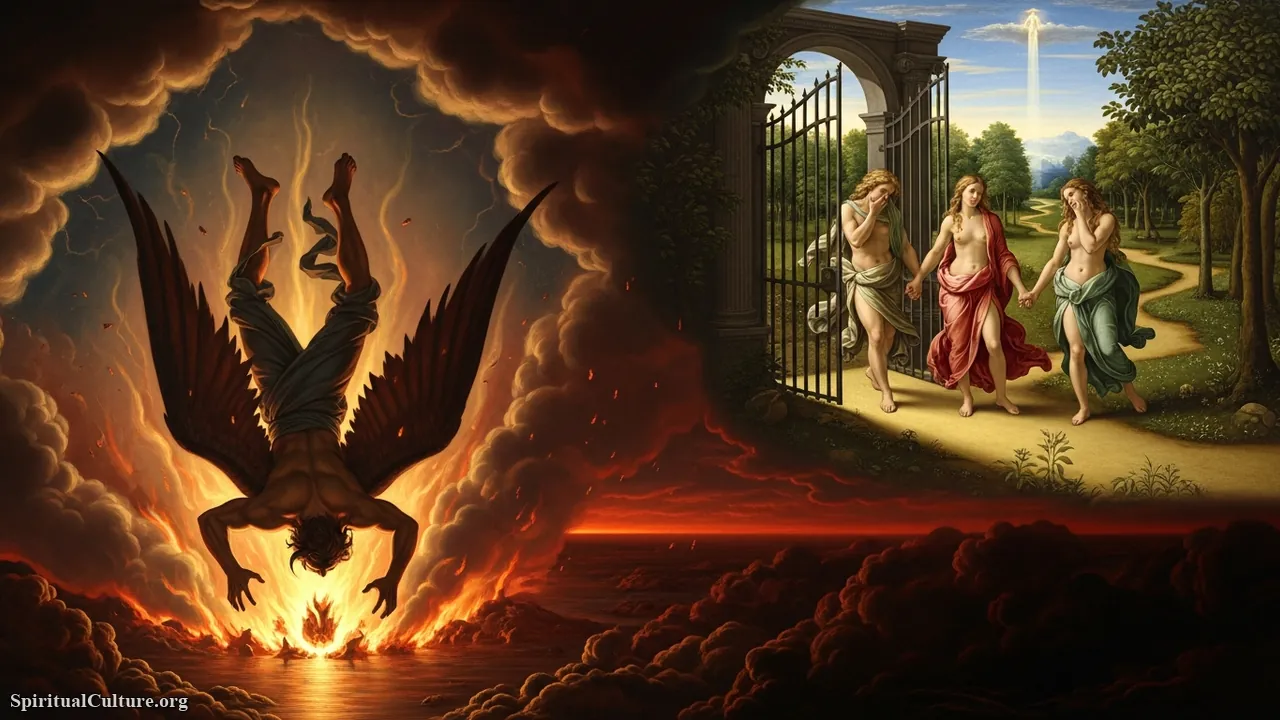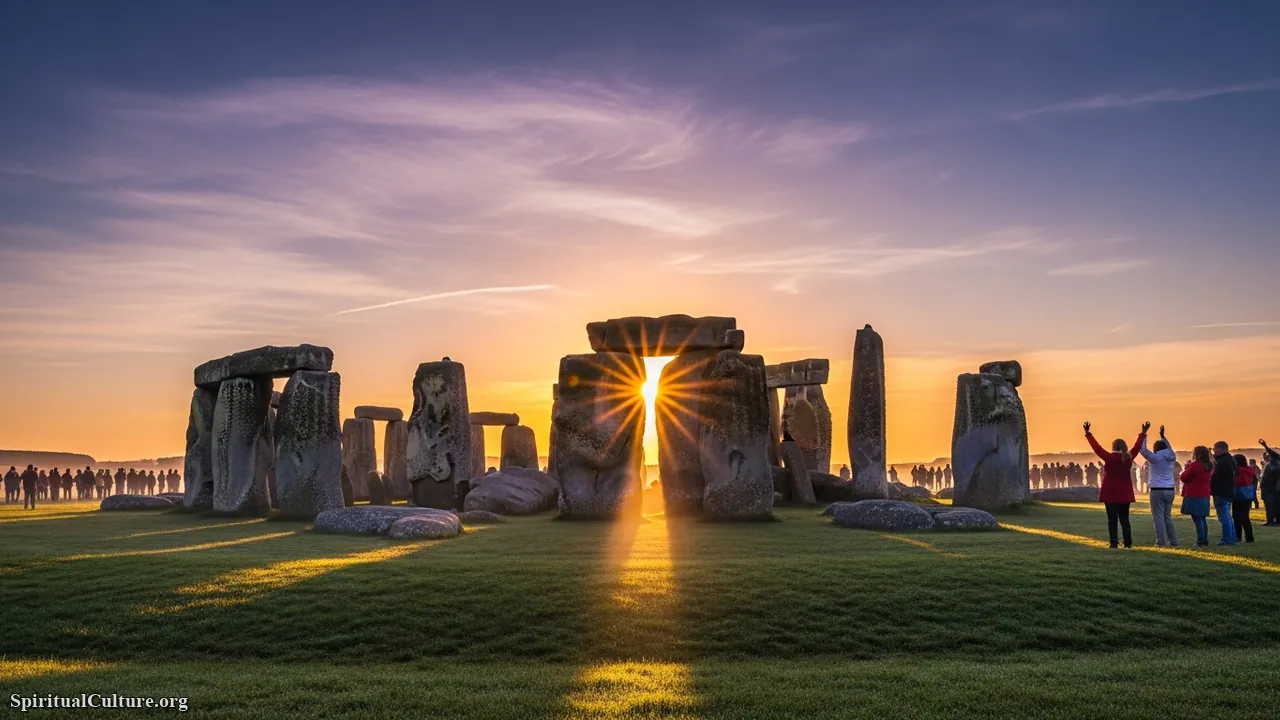One of the most notable elements of Armenian culture is the country’s architecture, which includes a wide range of architectural styles and structures, including ancient and medieval churches, monasteries, fortresses, and traditional houses and public buildings. Many of these structures feature intricate carvings and decorations and are considered important examples of medieval architecture.

Armenian traditional music and dance are also important to the country’s culture. The traditional wind instrument duduk is considered a national symbol and is often played during important celebrations and ceremonies. Folk music and dance are also an important part of Armenian culture and are performed at weddings and festivals.
Armenia is also known for its rich art and literary traditions dating back to ancient times. The country has produced many renowned painters, sculptors, and authors, and its history and religious heritage heavily influence its art and literature.
Armenian cuisine is diverse and delicious. It is rich in meat, fresh herbs and spices, bread, and fruits and vegetables. Some of the most popular dishes include dolma, which are grape leaves filled with meat or rice, khorovats, a type of barbecue, and a variety of soups and stews.
The Armenian culture is also heavily influenced by its Christian heritage, and many of the country’s customs and celebrations are based on the liturgical calendar of the Armenian Apostolic Church. Some of the most important festivals and holidays include Christmas and Easter and commemorating the Armenian Genocide, marked on April 24th of each year.
Finally, the Armenian culture is also known for its hospitality and warmth, where visitors are often welcomed with open arms and offered food and drink. Family values are a very important part of the culture, which is one of the main reasons that many Armenians have a strong sense of community locally and globally.



